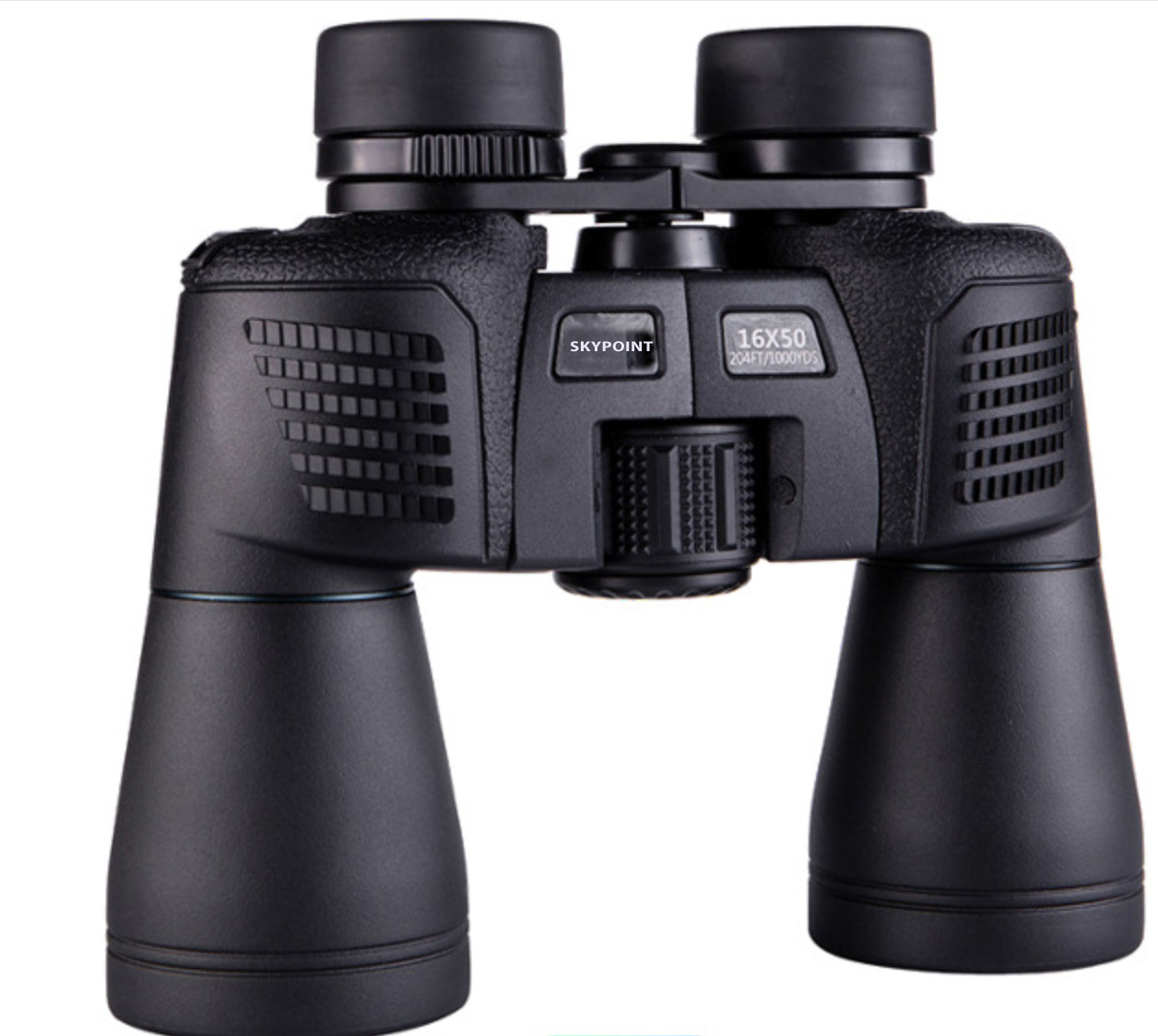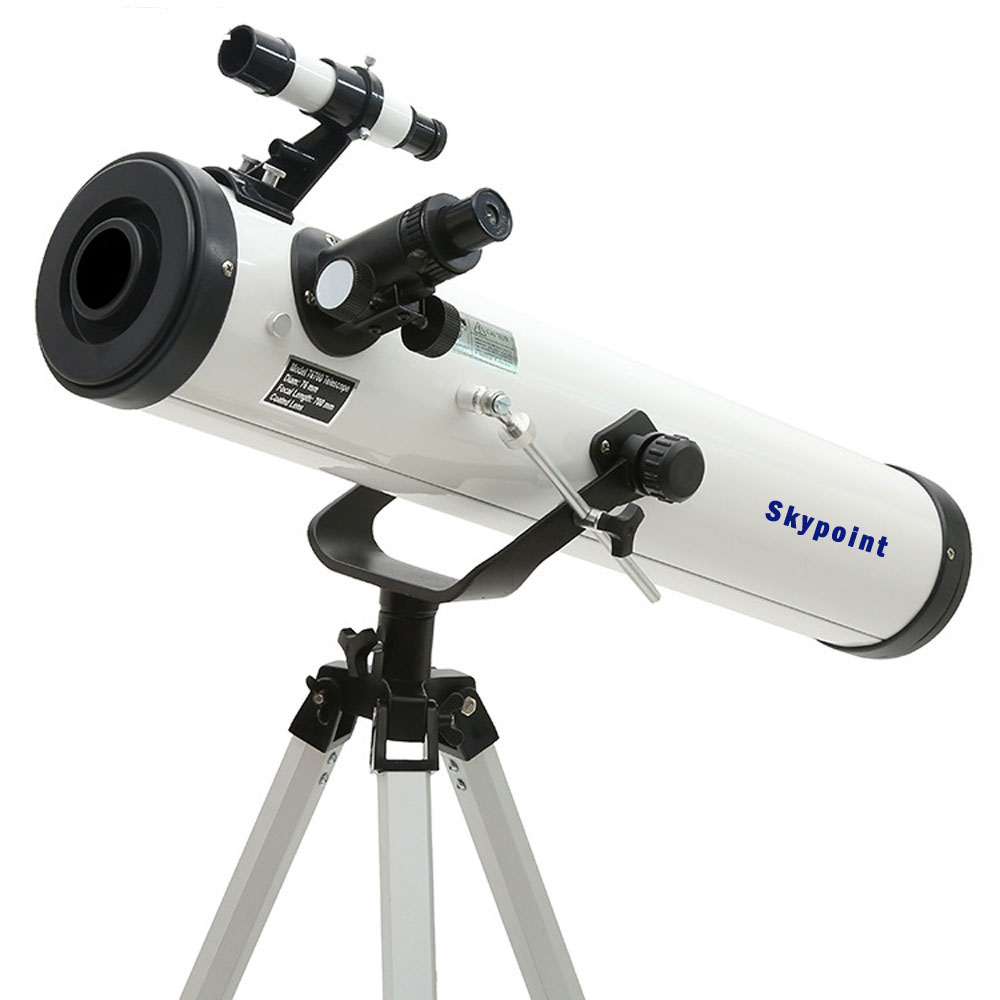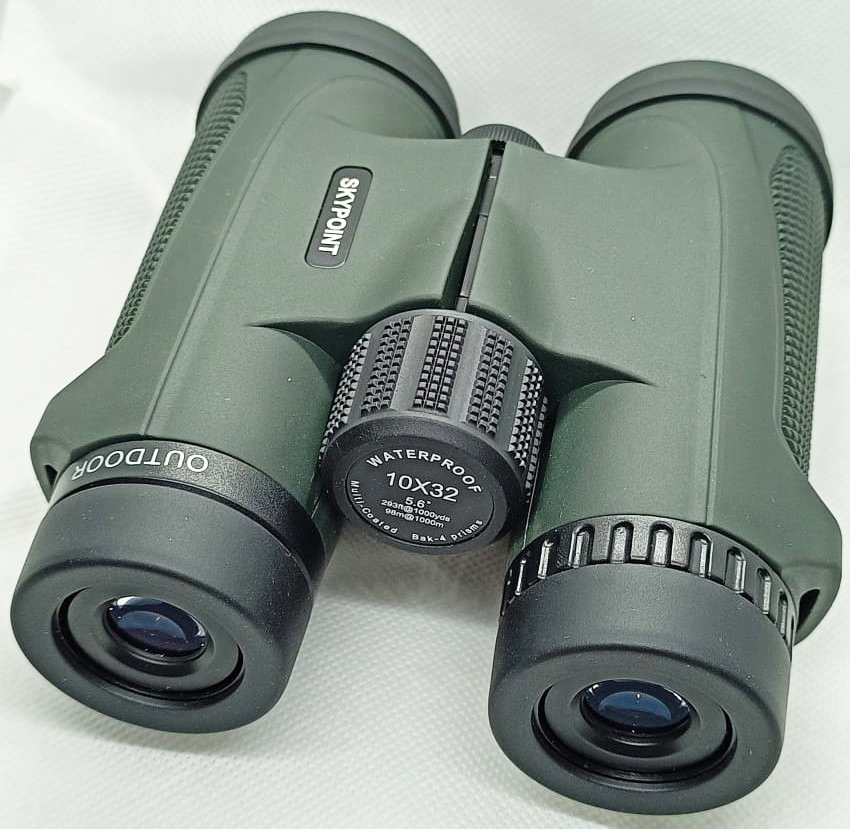How to choose a Telescope
A telescope is a popular gift, especially so during the holidays. It can be a portal to the universe and provide a lifetime of enjoyment.
But there's no one "perfect" telescope — just as there's no such thing as a perfect car. Instead, you should choose a telescope based on your observing interests, lifestyle, and budget. Many (arguably most) good starter scopes cost $400 or more, though some superb choices are available for under $250.
So here is a guide to help you make sense of the "universe" of telescope models available today. Armed with these few basic types of telescopes, you'll have a good idea what to look for (and what to avoid) when scouring the marketplace for your new scope. Get the one that's right for you!
The telescope you want has two essentials: high-quality optics and a steady, smoothly working mount. And all other things being equal, big scopes show more and are easier to use than small ones, as we'll see below. But don't overlook portability and convenience — the best scope for you is the one you'll actually use.
APERTURE: A TELESCOPE'S MOST IMPORTANT FEATURE
The most important characteristic of a telescope is its aperture — the diameter of its light-gathering lens or mirror, often called the objective. Look for the telescope's specifications near its focuser, at the front of the tube, or on the box. The aperture's diameter (D) will be expressed either in millimeters or, less commonly, in inches (1 inch equals 25.4 mm). As a rule of thumb, your telescope should have at least 2.8 inches (70 mm) aperture — and preferably more.
A larger aperture lets you see fainter objects and finer detail than a smaller one can. But a good small scope can still show you plenty — especially if you live far from city lights. For example, from a dark location you can spot dozens of galaxies beyond our own Milky Way through a scope with an aperture of 80 mm (3.1 inches). But you'd probably need a 6- or 8-inch telescope (like the one shown at right) to see those same galaxies from a typical suburban backyard. And regardless of how bright or dark your skies are, the view through a telescope with plenty of aperture is more impressive than the view of the same object through a smaller scope.
Avoid telescopes that are advertised by their magnification — especially implausibly high powers like 600×. For most purposes, a telescope's maximum useful magnification is 50 times its aperture in inches (or twice its aperture in millimeters) . So you'd need a 12-inch-wide scope to get a decent image at 600×. And even then, you'd need to wait for a night when the observing conditions are perfect.









